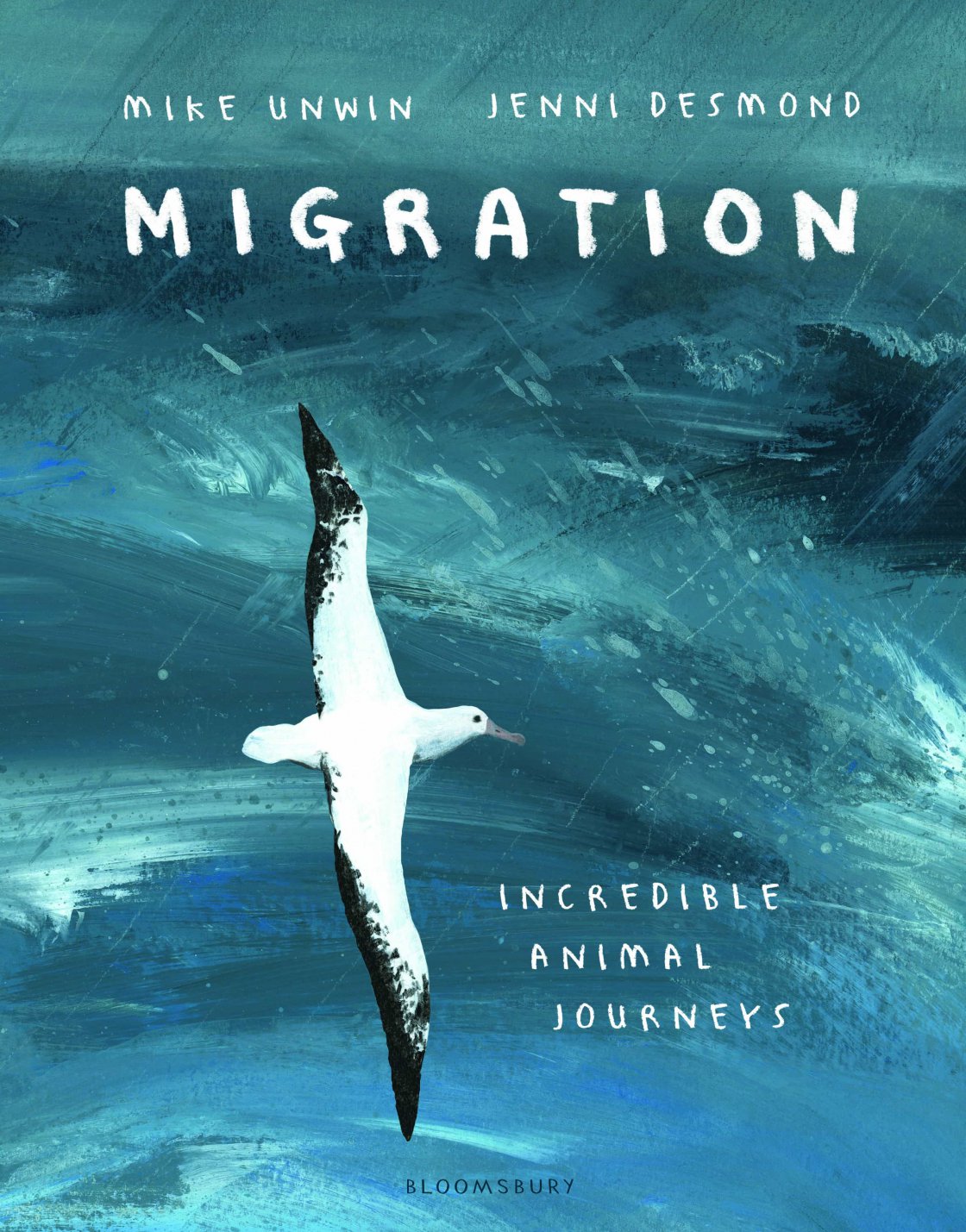You are here
Interview with Mike Unwin, author of Migration

What inspired you to write a children’s book about animal migration?
I have lived in both England and southern Africa, and it has never ceased to amaze me how I see the same birds - such as swallows, willow warblers and common sandpipers - in both places. Their journeys from one continent to another twice a year are mind-boggling. They also seem to offer a lesson to us humans: that some things are bigger than borders and barriers.
With so many spectacular migratory species in the world, how did you pick which ones to feature?
With great difficulty! I wanted to show that all kinds of animals migrate - not just birds, which are probably the best known, but also mammals, reptiles, fish and insects. I also wanted to show that migration happens all around the world and in all landscapes - from deserts and icecaps, to mountains, savannahs and oceans. I aimed to pick a selection that illustrated this diversity, and also that allowed Jenni to produce the most exciting and beautiful illustrations.
Can you briefly share with us one of your favorite animal migration stories from the book?
They’re all special. But I especially like the straw-coloured fruit bat. It was only relatively recently that scientists discovered that many bats migrate. This African species turns up in huge numbers every November in one forest in Zambia, to eat the ripe fruit. Millions hang from the trees by day and fill the skies when they take flight every evening. And then in February, when the fruits is all eaten, they disappear again. Nobody knows exactly where they go, but it’s probably somewhere further north in central Africa. Their story shows us that we still have so much more to lear about migration.
What are you hoping that children (and other readers) will take away from your book?
That many animals of all kinds are on the move all the time. These animals have to move to survive - and if we make it difficult for them, by putting barriers in their path, or by damaging the landscapes through which they have to travel - then their survival is threatened. I also hope to convey just how amazing migration is: the extraordinary feats of endurance and navigation of which animals are capable.
Many migratory species are becoming increasingly rare or threatened with extinction. What do you think can or should be done?
Migration is an international phenomenon and protecting migrating species requires international cooperation. No nation can succeed alone. We have to work together to provide migrating animals with protected cross-border corridors so that they can complete their journeys safely. And we have to understand that everywhere is connected. If we pollute the oceans in one part of the world, it quickly causes problems elsewhere - affecting sea turtles, whales and other marine wildlife that travel from one ocean to another.
What do you know about CMS? How do you think the work of CMS can intersect with the work of writers and individuals, like yourself, who feel passionately about wildlife and conservation?
I think that CMS’s various campaigns, such as World Migratory Bird Day, help draw attention to the plight of migratory wildlife and thus provide a context in which writers and educators can inspire and engage a broader public.
